People
We Pick Our Top 10 Art Historical Muses
Meet the incredible people inside these famous works.
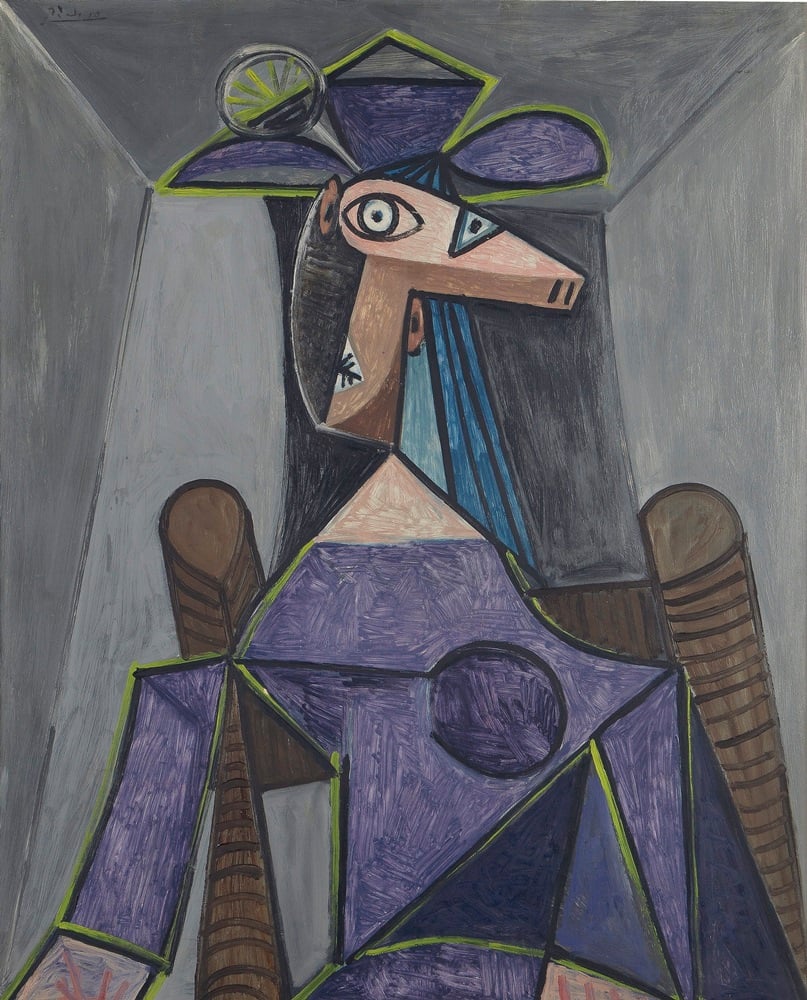
Meet the incredible people inside these famous works.

Cait Munro

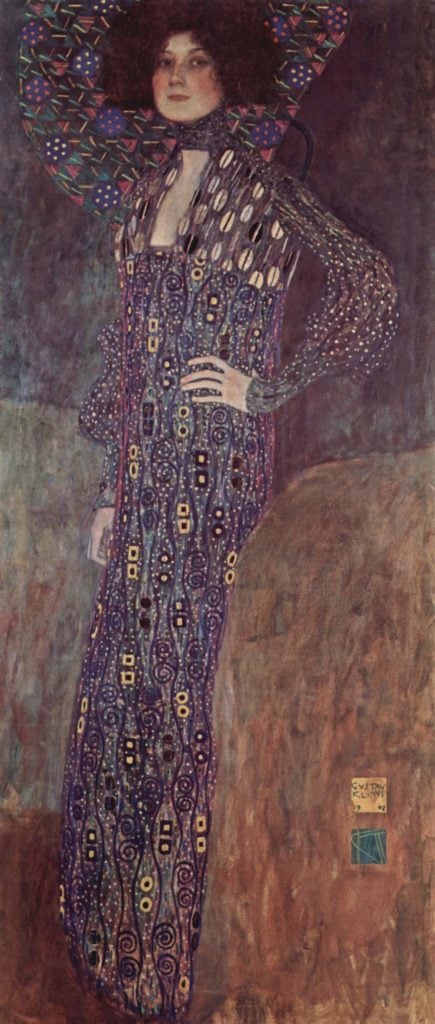
Gustav Klimt, Emilie Flöge (1902).
Amedeo Modigliani’s alluring portrait of Paulette Jourdain sold at Sotheby’s on November 4. She was the Italian artist’s favorite muse, having posed for him when she was just 15 years old.
This got us to thinking about art history’s other great muses. From Gustav Klimt to Francis Bacon, meet the figures behind some of most stunning works in modern and contemporary art.
1. Emilie Louise Flöge
Gustav Klimt‘s life partner Emilie Louise Flöge is shown in his 1908 masterwork The Kiss, which portrays the couple as lovers ensconced in glimmering gold. Klimt also depicted the Austrian fashion designer in a 1902 painting titled Emilie Flöge. While the two never officially married, they were together until the artist’s death in 1918.
Klimt scholar Paul Simpson writes in his book Flöge and Klimt—A Family Affair, that there are over 600 existing love letters between the pair from throughout their decades-long romance. However, Klimt is also rumored to have slept with many of the models and upper-class beauties he painted, and even said to have fathered at least 14 children.

Andy Warhol and Edie Sedgwick circa 1965.
Photo: Steve Schapiro.
2. Edie Sedgwick
Socialite and original “poor little rich girl” Edie Sedgwick had an undeniably codependent relationship with pop icon Andy Warhol—one that’s been the subject of several books and movies, most notably the 2006 film Factory Girl. Sedgwick was a fixture around Warhol’s iconic Factory, and stars in two screen tests and several films, including Beauty No. 2, Ciao! Manhattan, and of course, Poor Little Rich Girl. Warhol also painted Sedgwick multiple times.
Sedgwick’s pedigree and iconic sense of style, which included a cropped haircut, dangling earrings, fur coats, and occasionally, no pants, enthralled the rather shy Pop artist. Sedgwick is also said to have been the inspiration for the Bob Dylan songs Like a Rolling Stone, Just Like a Woman and Leopard-Skin Pill-Box Hat.
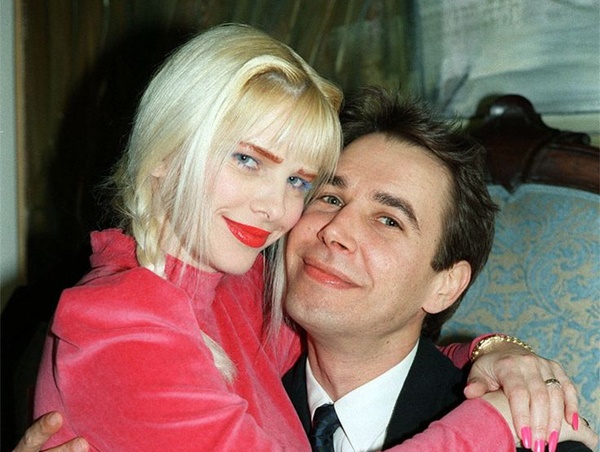
Jeff Koons and Ilona Staller.
3. Ilona Staller
Ilona Staller, also known as Cicciolina, married Jeff Koons in 1991. He was inspired by the porn star and Italian politician to create the sexually-explicit “Made in Heaven” series, which featured both photographs and sculptures of the couple engaged in various stages of lovemaking.
After their marriage dissolved in 1994, the pair entered into a bitter custody battle over their then-two-year-old son Ludwig. Despite Koons winning custody, Staller kept Ludwig with her in Italy and allegedly refused to allow the artist to see his son. This distance from his son was part of the inspiration for the “Celebration” series, which features large, shiny balloon animals. “‘Celebration’ involved my son Ludwig back in the early ’90s and the situation of him being taken away, and I used my art to hang on to my belief in humanity in a way,” Koons told Interview. “Because we had a sense of a lot of injustice during that time.”

Camille Claudel.
Photo: Wikipedia.
4. Camille Claudel
Camille Claudel was an important artist in her own right, but her work was often overshadowed by her relationship with her mentor, Auguste Rodin. She began her career working in his studio, and despite the 25-year age gap and Rodin’s attachment to long-term partner Rose Beuret, they soon entered into an affair that would last for over a decade.
Rodin made several sculptures depicting Claudel, including Portrait of Camille with a Bonnet (1886). Sadly, Claudel destroyed much of her own work and spent the last three decades of her life in an asylum. Her tragic life story has inspired books, films, and plays that explore her life as both an artist and muse.
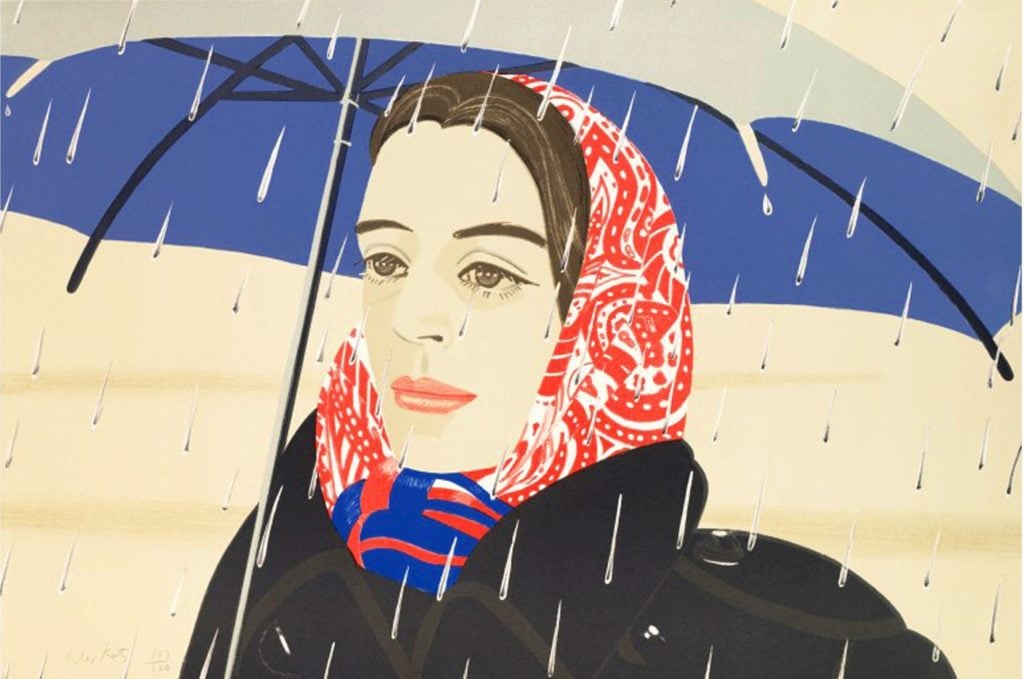
Alex Katz, Blue Umbrella (1979).
5. Ada Del Moro Katz
Ada Del Moro is the wife of painter Alex Katz, who has depicted her classic, dark-haired beauty in over 40 figurative works including The Black Dress (1960), Ada With Bathing Cap (1965), and The red scarf (Ada in polo coat) (1976). In 2006, the Jewish Museum hosted “Alex Katz Paints Ada,” an exhibition of her husband’s lovingly-executed portraits of her.
The pair met in 1957 at one of Katz’s shows at New York’s artist-run Tanager Gallery. In an article on the couple in T magazine, Katz says she was “already an art-world legend” when they met, while she claims that she was actually “shy about going into galleries.”
Katz’s portraits of his wife tend to show her stylishly dressed and radiating positivity. “She’s both a European beauty and an American beauty,” Katz told T. “She’s like Dora Maar, the same kind of face, but then her smile is the American-beauty smile.”
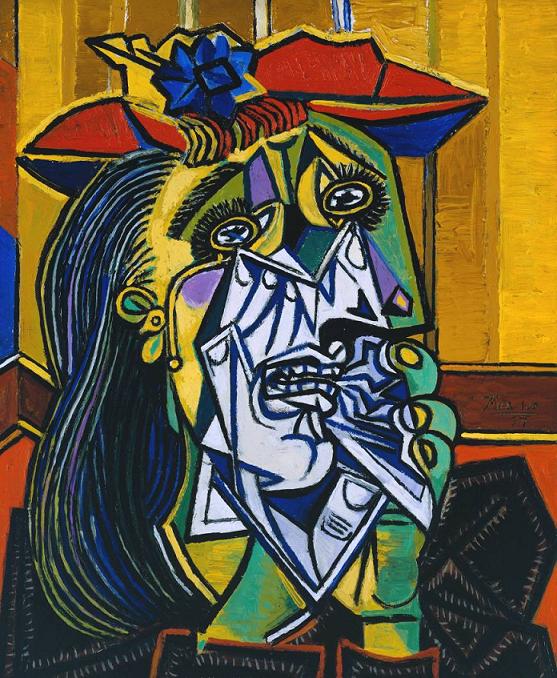
Pablo Picasso, The Weeping Woman (1937).
Photo: Tate.
6. Dora Maar
Speaking of Dora Maar, the similarly dark-haired beauty was the muse of Pablo Picasso during the 1930s and ’40s. She is inspired several of his most famous paintings, including Guernica (1937) and The Weeping Woman (1937). Maar, a photographer, met Picasso in 1936 and was the only person allowed to capture the successive stages of Guernica as Picasso painted it. She is also said to have worked on elements of the painting.
In the 1976 book Picasso’s Mask by Andre Malraux, the artist is quoted as saying: “Dora, for me, was always a weeping woman…and it’s important, because women are suffering machines.”
Maar, who turned to Roman Catholicism following her years with Picasso, famously said: “After Picasso, only God.”
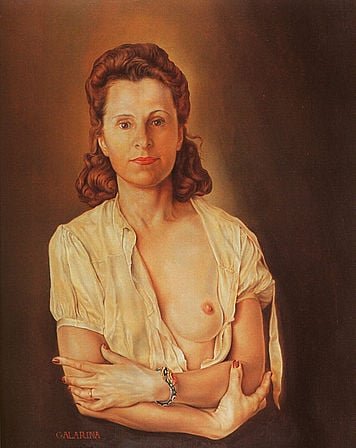
Salvador Dalí, Portrait of Galarina (1940–45).
7. Gala Diakonova
Born in Russia as Elena Ivanovna Diakonova, Gala Diakonova played muse to not one but three men. She began as the wife of surrealist poet Paul Éluard and was also the lover of painter Max Ernst—the trio spent three years in a ménage à trois. But it was her relationship with Salvador Dalí for which she is best remembered. She met Dalí, then an emerging artist, in 1929, and despite the fact that she was ten years his senior, the pair fell in love.
Due to his purported phobia of female genitalia, Dalí is said to have been a virgin when they met. They were married in a civil ceremony in 1934.
Gala appears in several Dalí paintings and sculptures, notably The Madonna of Port Lligat (1949), Imperial Monument to the Child-Woman, Gala (1934), The Discovery of America by Christopher Columbus (1958–59), and Portrait of Galarina (1940–45).

Edouard Manet, Olympia (1863).
Photo: Wikipedia.
8. Victorine Meurent
A painter herself, Victorine Meurent is best known for her modeling work with Édouard Manet, who featured her in his seminal 1863 work Olympia. She is also depicted in Le Déjeuner sur l’Herbe (The Luncheon on the Grass) (1862–63), Woman with Parrot (1866), The Railway (1872), and several other paintings.
Meurent was born in Paris to a family of artisans—her mother was a milliner, her father a patinator of bronze sculptures. She began modeling at 16, and first worked with Manet in 1862, for his painting The Street Singer, though it is unknown exactly how they met. She also modeled for painters Edgar Degas and Alfred Stevens.
Unlike many other muses, especially at the time, Meurent is not believed to have been Manet’s lover, though she is believed to have had a romantic relationship with Stevens.
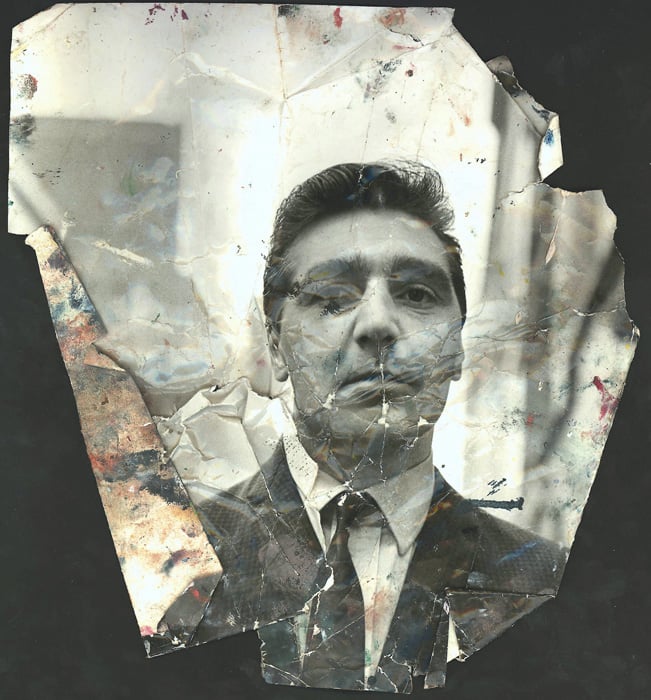
John Deakin, George Dyer (1960s).
9. George Dyer
George Dyer, a petty crook, met figurative painter Francis Bacon in 1963. Their whirlwind romance was stormy and ultimately tragic—just two days before the opening of Bacon’s 1971 retrospective at the Grand Palais, Dyer took his own life. While he continued with the opening as planned, the tragic event had a lasting effect on Bacon.
In Michael Peppiat’s Francis Bacon: Anatomy of an Enigma, Bacon recalls the circumstances of their meeting: “George was down the far end of the bar and he came over and said ‘You all seem to be having a good time, can I buy you a drink?”
Bacon painted several portraits of his lover and muse both before and after his death, including Three Studies for Portrait of George Dyer (1963), Head of George Dyer (1967), and Portrait of George Dyer Talking (1966). A later work, Triptych May – June, 1973, explicitly deals with the moment of Dyer’s death.
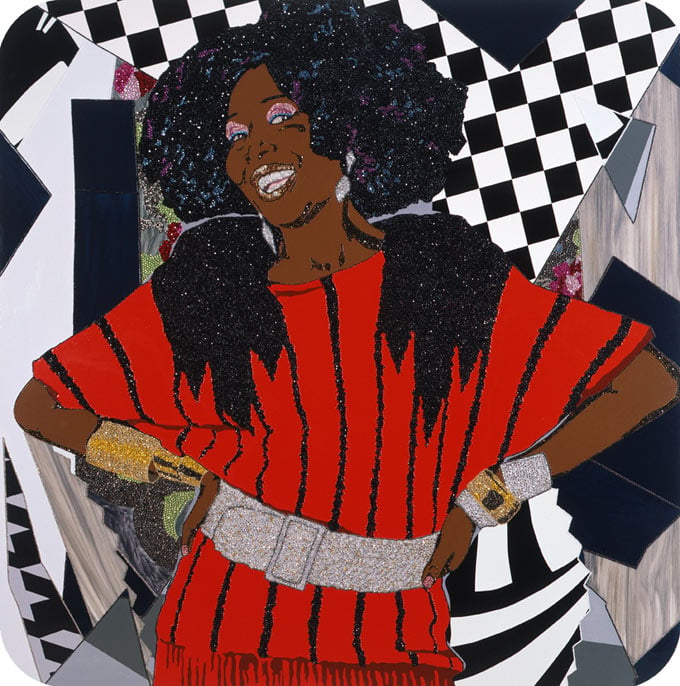
Mickalene Thomas, Dim All The Lights (2009).
10. Sandra Bush
Not all muses are lovers. For Mickalene Thomas, her greatest inspiration has been her mother, Sandra Bush. Thomas has portrayed Bush, a former model, in several of her characteristically exuberant collage paintings as a quintessential 1970s babe complete with a massive afro and rhinestone-encrusted get-ups.
In the 2012 film Happy Birthday to a Beautiful Woman, Thomas shows a different side of Bush: that of an aging woman, ill with kidney disease, who narrates her own incredible life story through questions asked by Thomas, who remains off screen.
“I wanted to recreate some of the moments and conversations I’ve had with her in my studio…but because we knew she was dying, there was a certain urgency there that had not been present [before],” Thomas told artnet News about the film in a 2014 interview. “[My mother] is her own person, and I can finally look at her outside of being her daughter.”